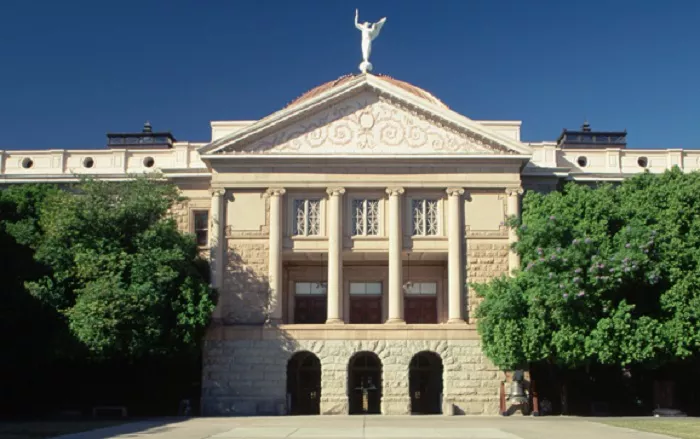Arizona, located in the southwestern region of the United States, is known for its diverse landscapes, rich history, and vibrant cities. Among these cities, one holds the distinction of being the state capital. This article explores the capital of Arizona, delving into its history, significance, and various aspects that make it a central hub of the state.
Phoenix: The Capital City
Phoenix is the capital of Arizona. Established as the territorial capital in 1889, it became the state capital when Arizona achieved statehood in 1912. Phoenix is not only the political center of the state but also its most populous city, with over 1.6 million residents as of the 2020 census, making it the fifth-most populous city in the United States and the most populous state capital in the country.
Historical Background
The journey of Arizona’s capital began in the mid-19th century. Initially, the capital was established at Navajo Springs in 1863. Over the years, it moved multiple times:
- Prescott (1864): Served as the capital until 1867.
- Tucson (1867): Became the capital due to its larger population and economic significance at the time.
- Prescott (1877): Regained its status as the capital.
- Phoenix (1889): Chosen for its central location and growing importance.
Since 1889, Phoenix has remained the capital, witnessing Arizona’s transition from a territory to statehood in 1912.
Geographical Significance
Phoenix is situated in the south-central part of Arizona, lying along the Salt River. Its location in the “Valley of the Sun” contributes to its desert climate, characterized by hot summers and mild winters. The city’s strategic position has made it a focal point for transportation, commerce, and governance within the state.
Political and Administrative Role
As the state capital, Phoenix houses the primary governmental institutions of Arizona:
- Arizona State Capitol: Completed in 1901, this building served as the home for the territorial government and later the state government. Today, it functions as the Arizona Capitol Museum, preserving the state’s legislative history.
- Legislative Buildings: The House of Representatives and Senate buildings were dedicated in 1960, accommodating the state’s growing legislative needs.
- Executive Office Building: Dedicated in 1974, it houses the Office of the Governor and other executive functions.
The Capitol complex is complemented by the Wesley Bolin Memorial Plaza, featuring monuments and memorials that honor Arizona’s history and heritage.
Economic and Cultural Hub
Phoenix’s role extends beyond politics. It is a significant economic and cultural center in Arizona:
- Economy: The city has diversified its economy, with sectors like technology, manufacturing, and tourism playing vital roles.
- Cultural Institutions: Phoenix boasts numerous museums, theaters, and art galleries, reflecting its rich cultural tapestry.
- Education: Home to several universities and colleges, including Arizona State University, contributing to research and innovation.
Conclusion
In summary, Phoenix serves as the capital of Arizona, embodying the state’s political, economic, and cultural essence. Its evolution from a territorial capital to a bustling metropolis mirrors Arizona’s growth and development over the years.

